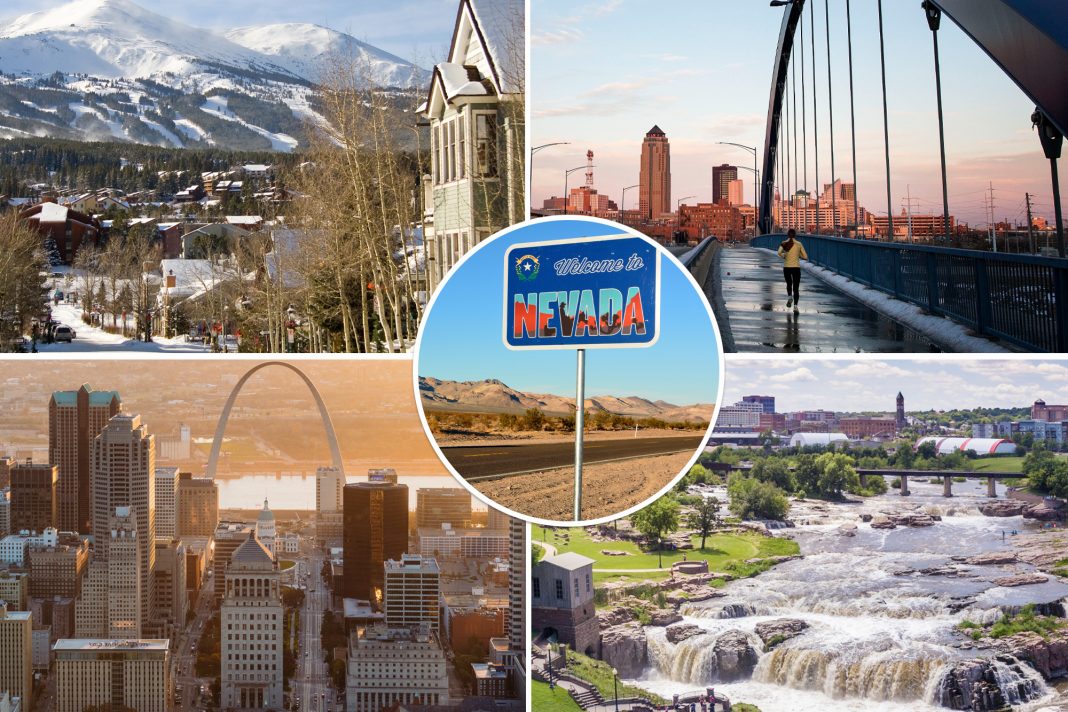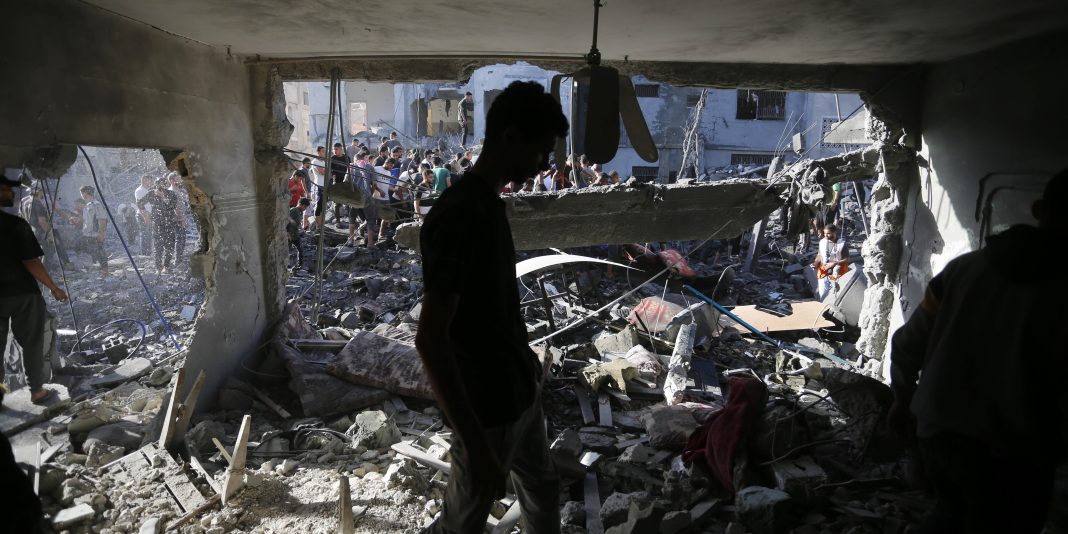Hurricane Helene has struck a devastating blow across the eastern United States, leaving at least 215 fatalities in its wake and thousands reported missing. The aftermath of this catastrophic storm has seen communities from Florida to Virginia grappling with the harsh reality of displacement, and over a week later, around 730,000 homes remain without power. Such destruction is a stark reminder of the escalating frequency and intensity of natural disasters in recent years.
Indeed, Helene is not an isolated incident. The United States has faced a barrage of extreme weather events in 2023, with significant storms causing over $25 billion in damages nationwide. According to a study from the National Oceanic and Atmospheric Administration, the global incidence of floods has surged by 20% since 2000, a trend that aligns closely with the realities of climate change. This year has brought not only hurricanes but also an alarming increase in wildfires, with burned acreage in the U.S. soaring by 320% since 1996.
As natural disasters become an ominous part of life in many regions, homeowners are feeling the financial strain. The constant threat of hurricanes, floods, and tornadoes has not only heightened anxiety but has also led to skyrocketing home insurance premiums. A growing number of residents in hurricane-prone areas, such as Florida, are opting to forgo insurance entirely, choosing to navigate the risks without the safety net of coverage.
Every region presents its own unique set of risks. Homes in the western U.S. are particularly vulnerable to wildfires, while southeastern properties face frequent flooding. Meanwhile, extreme heat is increasingly affecting homes across the southern states, warping wood and even melting roofs. A 2024 study from Realtor.com revealed that cities like Austin, TX, Baton Rouge, LA, and Coral Gables, FL, are experiencing significant damage due to this relentless heat.
In the wake of Hurricane Helene, homeowners in affected areas will likely spend months navigating the complexities of recovery. Many will discover that their insurance policies fall short of covering the extensive repairs required, leading them into potential debt as they attempt to restore their lives to normalcy. For those fortunate enough to escape the storm’s wrath, the question remains: Is there truly a safe place anymore, especially when areas previously thought to be at low risk are now suffering?
Jiayi Xu, an economist at Realtor.com, emphasizes the challenges homeowners face post-hurricane: “Hurricanes present substantial challenges for homeowners, including property damage, increased financial costs, community recovery issues, and emotional stress. These factors can greatly hinder homeowners’ ability to recover and rebuild after a hurricane.”
Xu suggests that prospective homebuyers can alleviate some of these concerns by choosing properties in states with lower hurricane risks. Realtor.com has introduced an innovative tool that assigns environmental risk scores to properties, allowing potential homeowners to assess hazards like hurricanes and floods. This feature is invaluable for those looking to make informed decisions based on climate-related risks.
While it’s easy to feel overwhelmed by the threats posed by natural disasters, there is good news to be found: some states are significantly less prone to extreme weather events. According to a recent analysis using data from the First Street Foundation, certain states boast a high percentage of homes with low risk for hurricanes, floods, and wildfires.
The states with the lowest extreme weather risk levels include:
1. **Nevada**: 90.6% of homes at the lowest risk, valued at $440.4 billion.
2. **Nebraska**: 90.2% of homes at the lowest risk, valued at $159 billion.
3. **Colorado**: 89.5% of homes at the lowest risk, valued at $1,062.6 billion.
4. **Kansas**: 88.8% of homes at the lowest risk, valued at $209.3 billion.
5. **Minnesota**: 88.5% of homes at the lowest risk, valued at $588.5 billion.
6. **Iowa**: 88.4% of homes at the lowest risk, valued at $244.9 billion.
7. **Washington**: 88.2% of homes at the lowest risk, valued at $1,299.5 billion.
8. **Ohio**: 87.6% of homes at the lowest risk, valued at $890.9 billion.
9. **South Dakota**: 87.4% of homes at the lowest risk, valued at $68 billion.
10. **Missouri**: 87% of homes at the lowest risk, valued at $483.2 billion.
As natural disasters loom larger on the horizon, informed decisions become paramount. Understanding regional risks and leveraging resources like environmental risk scores can empower potential homeowners to seek out safer havens. While the threats of hurricanes, floods, and wildfires will not disappear, knowledge and preparation can make all the difference in navigating these uncertain times.


